New Zealand’s agriculture leaders have released a plan for the sector to have its own pricing system on gas emissions from 2025 in a bid to avoid joining the nation’s Emissions Trading Scheme (ETS).
The agriculture sector is the country’s largest emitter of greenhouse gas emissions but is exempt from its ETS, drawing significant criticism.
The He Waka Eke Noa, a partnership between agriculture leaders and the government, proposed for farmers to calculate their own methane and nitrous oxide emissions individually, not based on national averages.
The industry wants recognition that most of the agriculture emissions, namely methane, are short-lived compared to other gases.
It recommended a maximum starting price for methane at 11 cents (U.S. 7 cents) per kilogram and maintained for the first three years. It believes that 35 cents per kilogram for methane, without additional context, is needed to meet New Zealand’s emissions targets; however, it would significantly impact profitability.
It also put forward incentives by allowing farmers to receive credits for using practices and technologies that reduce emissions as well as carbon sequestration.
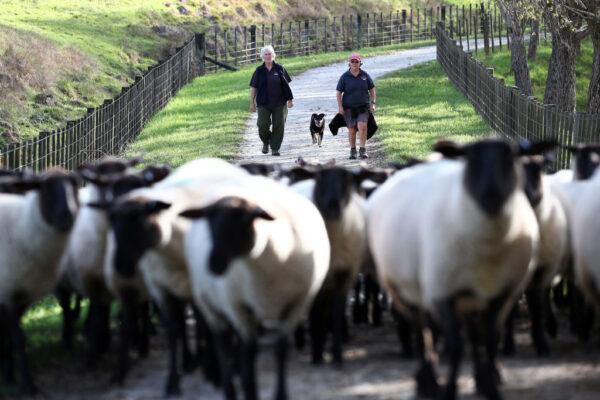
According to its own modelling, the proposed system would reduce methane emissions by around 4 to 5.5 percent and nitro oxide emissions by 2.9 to 3.2 percent, on top of existing policies.
“This is the best option to help farmers and growers transition to lower-emissions food production while maintaining viable businesses,” Ahie said.
All farm businesses that annually average over 550 livestock units, 50 dairy cattle, 700 swine, 50,000 poultry, or 40 tonnes of synthetic nitrogen fertiliser use will be required to report and pay for emissions.
“This captures 96 percent of agricultural greenhouse gas emissions (around 23,000 farms). The remaining 4 percent of emissions are mostly non-commercial lifestyle blocks, orchards, vineyards, and equine,” the report said.
Greenpeace Aotearoa New Zealand has called the proposal “a sham plan” that would fail to reduce climate pollution proportionately.
Lead agriculture campaigner Christine Rose said the government should abandon the idea of industry self-regulation and bring the agriculture industry “fully” into the ETS.
“There are no actual policies that will cut agricultural climate pollution in this proposal, and that’s not surprising given it’s the polluters themselves that have proposed it,” she said.
The agriculture industry has been under increasing pressure to put forward its own pricing plan or be forced into joining the ETS like other industries.
ANZ Bank agricultural economist Susan Kilsby said the proposal could potentially become the biggest regulatory disruption to farming since agriculture subsidies were removed in the 1980s.
Cabinet will review the recommendations for its final decision in December.
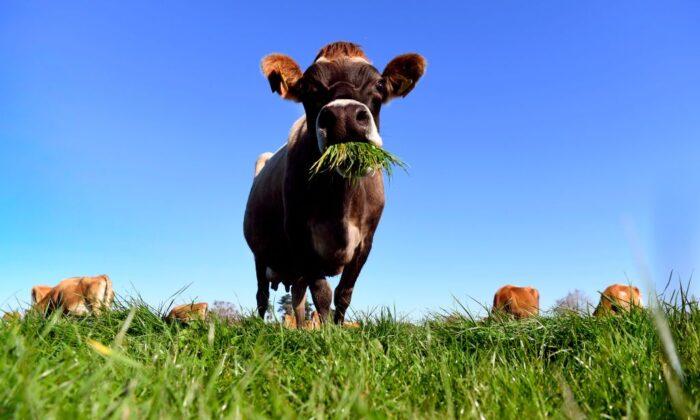

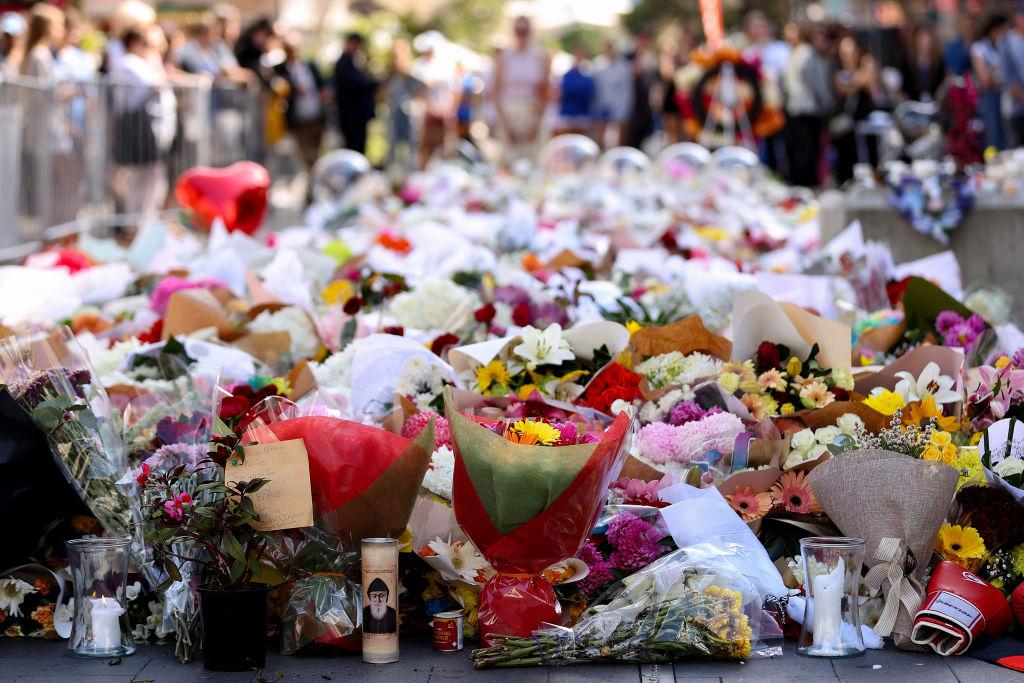
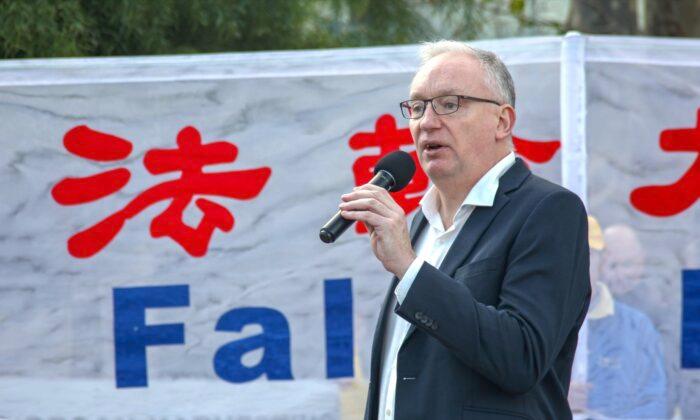

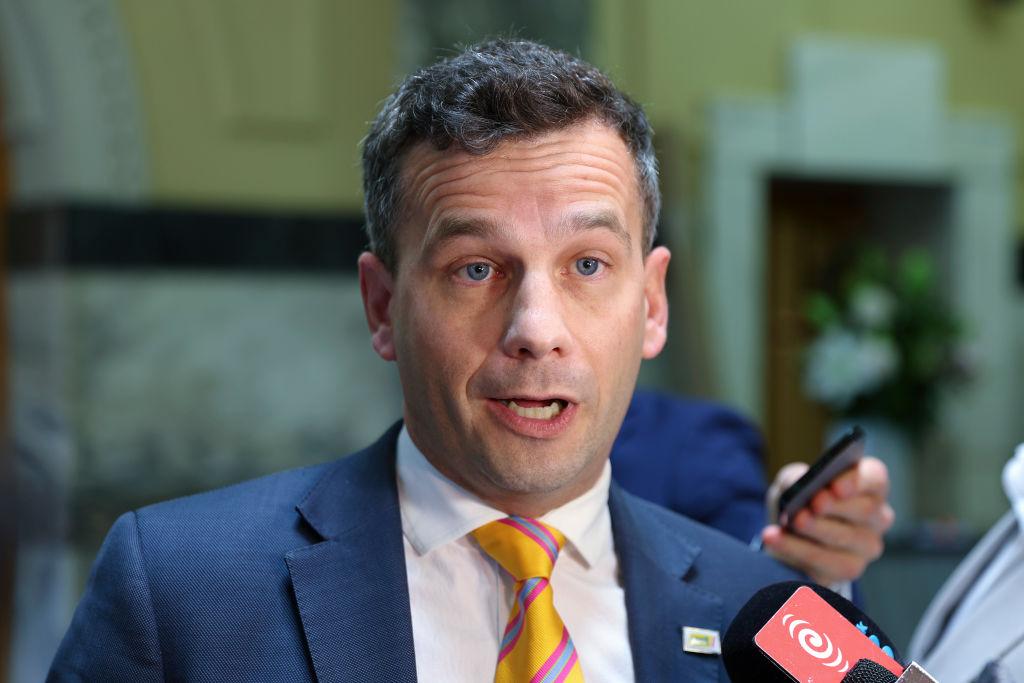
Friends Read Free